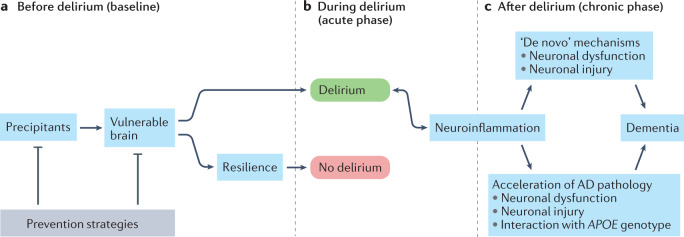Fig. 1. A hypothetical model for the inter-relationship between delirium and dementia and potential opportunities for prevention.
a,b | In the setting of precipitating factors, such as hypoxia, metabolic abnormalities, medications, infection or surgery, and in the presence of an existing vulnerability, such as Alzheimer disease (AD) or other neurodegenerative pathology, cerebrovascular disease, or injury, delirium (green) can occur. Alternatively, owing to the presence of resilience factors, such as cognitive reserve, or the implementation of prevention strategies (grey) to minimize one or more modifiable delirium risk factors, delirium does not occur (red). c | The development of delirium and subsequent neuroinflammation might then result in the acceleration of underlying neurodegenerative pathology. Alternatively, in individuals without underlying neurodegenerative pathology, delirium might be associated with neuronal injury, with ‘de novo’ mechanisms leading to dementia.

